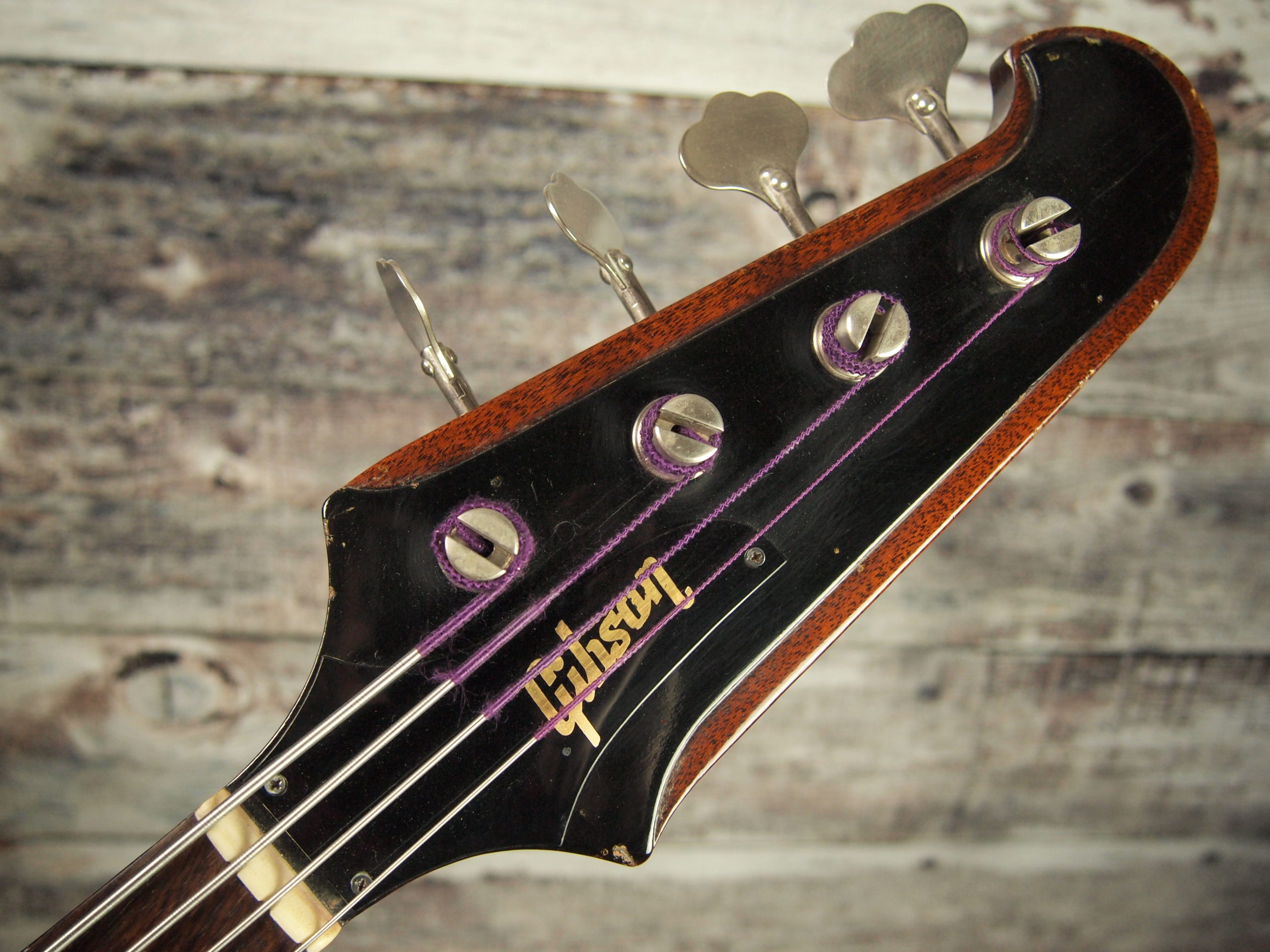
Aswell as some form of new circuitry to increase tonal range, a 1970s Gibson bass guitar would more likely be 34" scale, have a maple body, neck, and potentially fretboard, often with a clear Natural finish.įender basses are typically an alder/ash body, a bolt-on maple neck and single coil pickups. By the late 1960s, Les Paul's low impedance guitars and basses were offering new levels of tonal control for the recording studio, and such electronic experimentation was a massive feature of the following decade. Gibson bass guitars were still attempting to be as close an approximation to an upright string bass as was possible. The finish would typically be Cherry or Sunburst. A 1960s Gibson bass vs a 1970s Gibson bassĪ 1950s or 60s Gibson bass would typically have a mahogany body, set (glued in) mahogany neck, rosewood fretboard, probably be 30" scale and a pickup wound or positioned for maximum bass effect. An EB2 is worlds apart from a Thunderbird, which in turn is worlds apart from an EB0, or a Ripper, or an RD Artist! Other than the build quality and headstock branding Gibson bass guitars often have very little in common.

Anyone who claims they don't like "Gibson bass guitars" is almost certainly guilty of lazy generalisation. The company made some really great playing guitars, with absolutely timeless designs, and some truly innovative features the differences between models, both in terms of look and sound is huge. Gibson, as a brand, have always been all about quality, and numerous Gibson bass guitars that failed commercially at the time, were actually outstanding instruments, and have legions of devoted fans today. Unlike Fender, who were immediately successful with their Precision bass, Gibson only attained moderate success with their bass models, which in turn inspired them to continually develop new products. In chronological order:Īre Gibson bass guitars basically all the same?Īs can be seen there is quite some variation amongst Gibson bass guitars.
#1979 gibson thunderbird bass guitar series#
The Gibson SG bass continued in the form of the SB series and EB4L, but it was time for new models: the Les Paul Signature, Ripper, Grabber, G3, RD bass, Victory, Flying V bass and Explorer.įollowing the links below to see content on this site for the following Gibson bass guitars. It was the first of numerous Gibson bass guitar models produced under the ownership of CMI, and was soon followed by the EB2, EBO, EB3, EBOF, Thunderbird bass, Melody Maker bass and finally the Les Paul bass.Īs the sixties turned into the seventies CMI gave way to Norlin, and quite a number of new bass models appeared. it all came about (the electric guitar bass) from me playing my E string on the guitar as a bass using my thumb - this proved it could replace a stand up bass and Leo Fender and lots of others picked up the idea". Les Paul's influence was never far away during these years "this was one of the first electric bass guitars Gibson made. Gibson's first production electric bass was the 1953 Electric Bass, or EB.

Gibson produced a number of instruments fitted with pickups: guitars, banjos and mandolins and a bass, though only two models were built. Gibson had experimented with electrically amplified instruments as early as the 1920s, but they were not really considered commercially viable until the 1930s, with the popularisation of Hawaiian guitars. Gibson left for Nashville in 1984, and now former Gibson guitar builders make guitars the way they were made in their heyday under the name of Heritage guitars.

Guitars had been built there since 1917, and almost all Gibson, and 1958-1969 Epiphones were produced here.

Gibson produced guitars in Kalamazoo, Michigan, in several buildings, but primarily at a plant in Parsons Street. No two Gibson bass guitar models have the same features, and it really is worth having a look at some of the less-known Gibson bass guitars. There are some incredibly well made instruments that sell for way under their 'worth' as functioning musical instruments. 1981 Victory Standard (Candy Apple Red)Īnd though vintage basses can be expensive, vintage Gibson bass guitars generally don't sell for as high prices as vintage Gibson electric guitars, or vintage Fender basses.


 0 kommentar(er)
0 kommentar(er)
